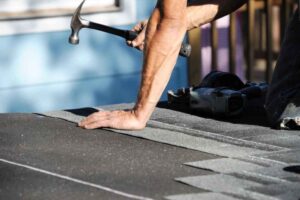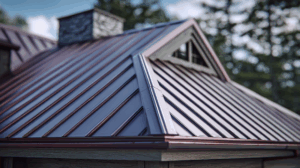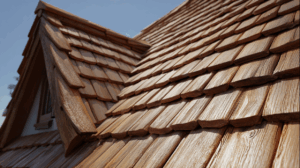When it comes to roofing that combines beauty, craftsmanship, and longevity, few materials can compete with cedar. At Crist Jr. Roofing & Construction, we’ve been proudly serving Georgia homeowners for over 25 years, delivering high-quality roofing, siding, and construction services rooted in family values and community trust.
Whether you’re in Marietta, Smyrna, or the surrounding Georgia areas, our team provides expert installation of cedar shake, cedar shingle, and synthetic cedar roofs, each made to bring a natural, elegant look to your home. But is cedar really the right choice for southern homeowners? Let’s take a closer look at the pros, cons, and practical considerations of this gorgeous roofing material in Georgia’s warm, humid climate.
Types of Cedar Roofing We Provide
At Crist Jr. Roofing & Construction, we specialize in three main types of cedar roofing, each offering its own look, feel, and performance characteristics:
1. Cedar Shake Roofs
Cedar shake roofs are known for a rustic, hand-split appearance. Each shake has a slightly irregular surface, giving your roof a charming, textured aesthetic that’s especially popular for traditional and Craftsman-style homes. Because of their thickness, cedar shakes provide excellent natural insulation and can last 30 to 40 years when properly maintained. However, they do require more upkeep than other materials to prevent moisture buildup and moss growth in Georgia’s humid climate.
2. Cedar Shingle Roofs
If you prefer a smoother, more uniform look, cedar shingles are a great option. These are sawn on both sides for a refined finish that suits more contemporary or coastal-style homes. Cedar shingles are durable, lightweight, and energy-efficient, naturally regulating heat and cold to keep your home comfortable year-round. Their even layout also makes them less prone to debris buildup compared to shakes, which can be an advantage in the South.
3. Synthetic Cedar Roofing
For residents who love the look of cedar but not the maintenance, synthetic cedar shingles are a modern alternative. Made from advanced composite materials, these roofs mimic the color and texture of real wood without being vulnerable to rot, mold, or insects. Synthetic cedar roofs are also Class A fire-rated and can stand against extreme weather, making them a smart investment for homes across Georgia, where humidity, heat, and storm damage are common concerns.
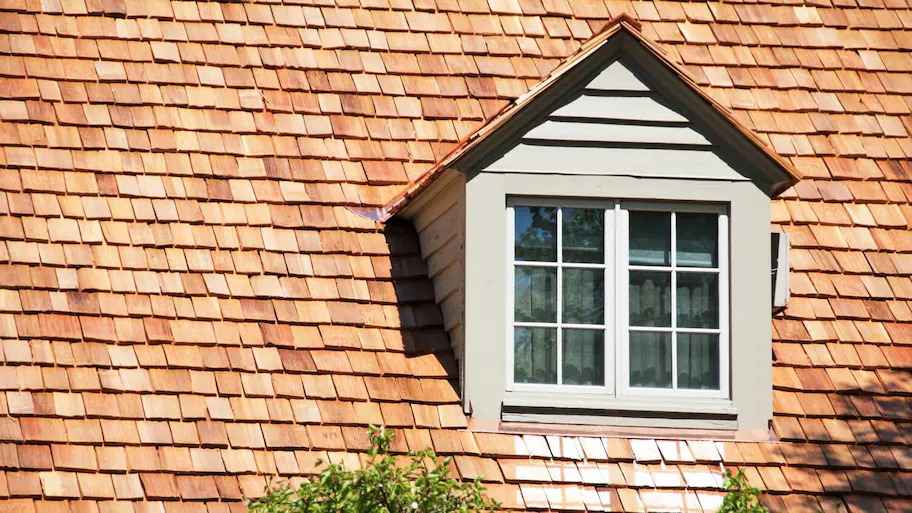
Georgia Cedar Roofs: The Pros and Cons
Cedar has been used as a roofing material for centuries, prized for its beauty, strength, and insulation properties. However, every region poses unique challenges—and the humid southern climate brings both benefits and drawbacks for natural wood roofs.
Pros:
- Natural Beauty: Cedar roofs are visually striking and develop a rich, silvery patina over time that enhances your home’s curb appeal.
- Insulation Benefits: Cedar acts as a natural insulator, helping regulate indoor temperatures and potentially lowering your energy bills.
- Eco-Friendly Material: Cedar is a renewable resource and biodegradable, making it an environmentally responsible choice.
- Durability: When properly maintained, cedar can resist wind damage and provide decades of protection.
Cons:
- Moisture Sensitivity: Georgia’s high humidity levels can cause wood to expand, warp, or attract mold if not properly treated.
- Insect and Fungal Risks: Termites, carpenter ants, and mildew can pose problems for untreated or poorly maintained cedar roofs.
- Maintenance Requirements: Natural cedar requires regular cleaning, sealing, and inspections to maintain its lifespan and appearance.
- Fire Resistance: Natural cedar is not naturally fireproof, though treatments and synthetic alternatives can improve resistance.
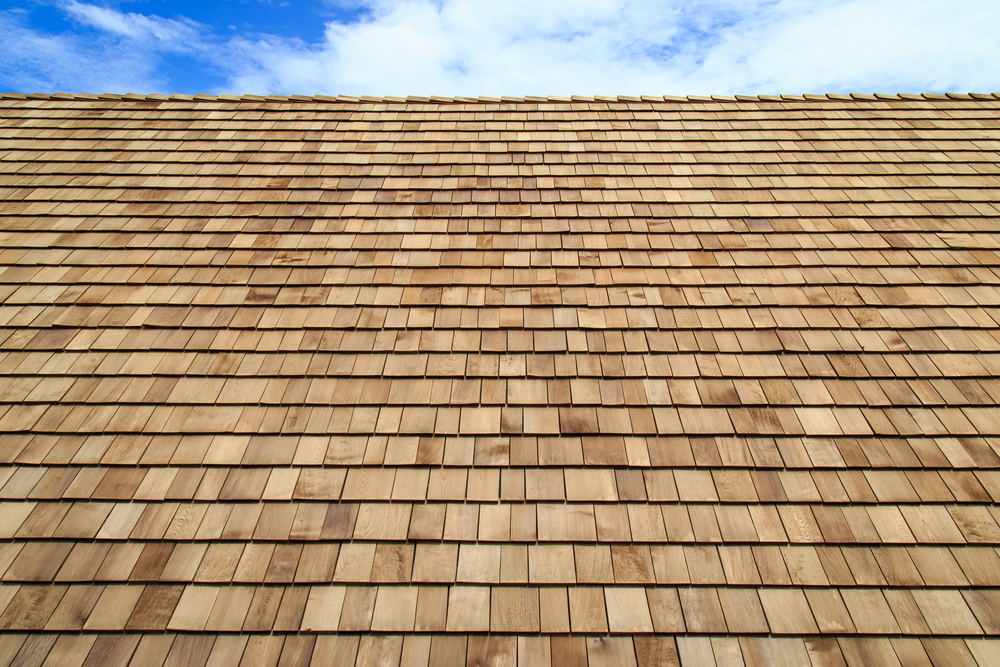
Cedar Shingle Climate Considerations in the South
Cedar roofs perform best in climates with moderate humidity and good ventilation, two factors that can be tricky in the southern U.S. Without proper installation and maintenance, Georgia cedar roofs can deteriorate faster than in cooler, drier regions. That’s why partnering with an experienced contractor is essential.
At Crist Jr. Roofing & Construction, we use high-quality materials, precise ventilation techniques, and protective coatings to extend the life of your cedar roof. Our experts understand how to adapt cedar roofing for the southern climate, whether it’s optimizing attic airflow, applying weather-resistant sealants, or using synthetic cedar products that capture the look of wood while resisting heat and moisture.
If you’re drawn to the timeless charm of cedar but want to avoid high upkeep, synthetic cedar shingles may be the best fit. They’re engineered for southern climates, resisting UV exposure, heavy rain, and temperature fluctuations while maintaining their wood-like beauty for decades with minimal maintenance.
So, Is Cedar Roofing Practical for Georgia Homes?
The answer depends on your priorities. If you love the natural, high-end aesthetic of real wood and don’t mind routine maintenance, a cedar shake or shingle roof can add lasting value and unmatched charm to your home. However, for homeowners who want the same look with less maintenance and better climate resistance, synthetic cedar is a practical and durable choice for Georgia weather.
No matter your preference, Crist Jr. Roofing & Construction is here to guide you through every step, from design to installation and beyond. With over 25 years of local experience, our family-owned company knows how to balance beauty, performance, and practicality in every roof we build.
Schedule Your Free Cedar Roof Consultation Today
If you’re considering a cedar roof for your Georgia home, don’t make the decision alone, talk to the experts who understand both the craftsmanship and climate challenges of southern roofing.
Contact Crist Jr. Roofing & Construction today for a free consultation or inspection, and let our experienced team help you choose the cedar roofing option that fits your home, lifestyle, and budget.

